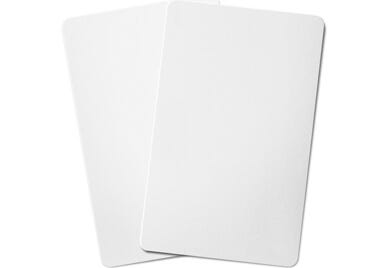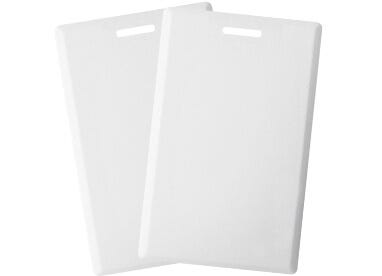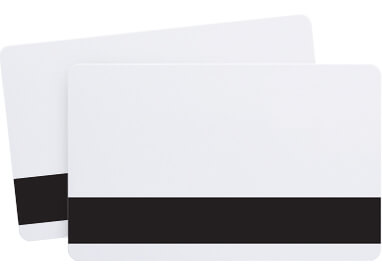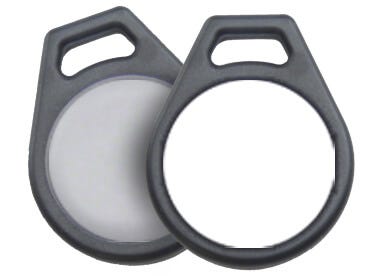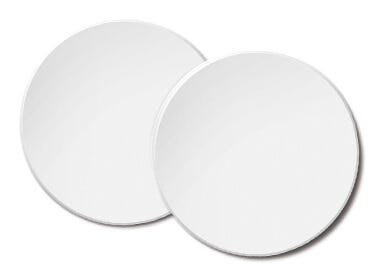- Category
What type of proximity card do you need?
PROXIMITY BADGES
A card access system grants access only to employees or members holding a proximity card or badge. Prox cards use radio frequency technology (RFID) to wirelessly open doors once when they are within range of a prox card reader. Shop a full line of proximity cards, fobs, and adhesive tags compatible with any major brand of card access control systems.
COMPARE PROXIMITY BADGE BRANDS
Stop settling for the long lead times & high prices of HID proximity cards and access control systems. Your order of AlphaPass credentials will be ready within 1 - 4 days. This means you'll get your card access system credentials weeks faster than with HID Cards—and at a fraction of the cost.
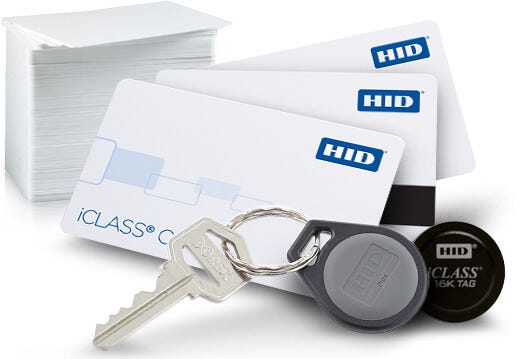 |
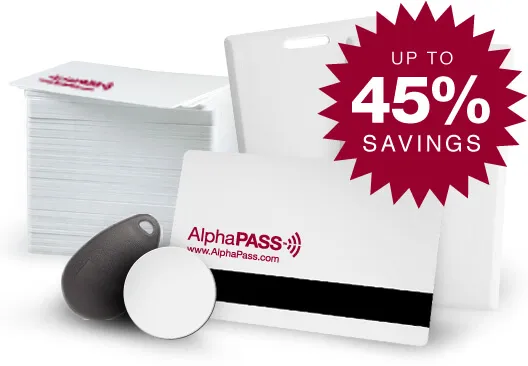 |
|
| HID Proximity | AlphaPass | |
| Lead Time | 2-3 Weeks | 1-4 Days |
| Frequency | 125 KHz | 125 KHz |
| Format | 26 bit | 26 bit |
| Readers | HID | Universal (including HID, Indala) |
| Clamshell Cards | $2.68 | $2.25 |
| PVC Cards | $4.58 | $3.23 |
| Mag Stripe Cards | $4.98 | $3.56 |
| Fobs | $4.98 | $3.39 |
| Adhesive Tags | $3.28 | $2.79 |
| Vehicle Tags | $27.98 | — |
| Warranty | Lifetime | Lifetime |
|
Save up to 23% over HID |




